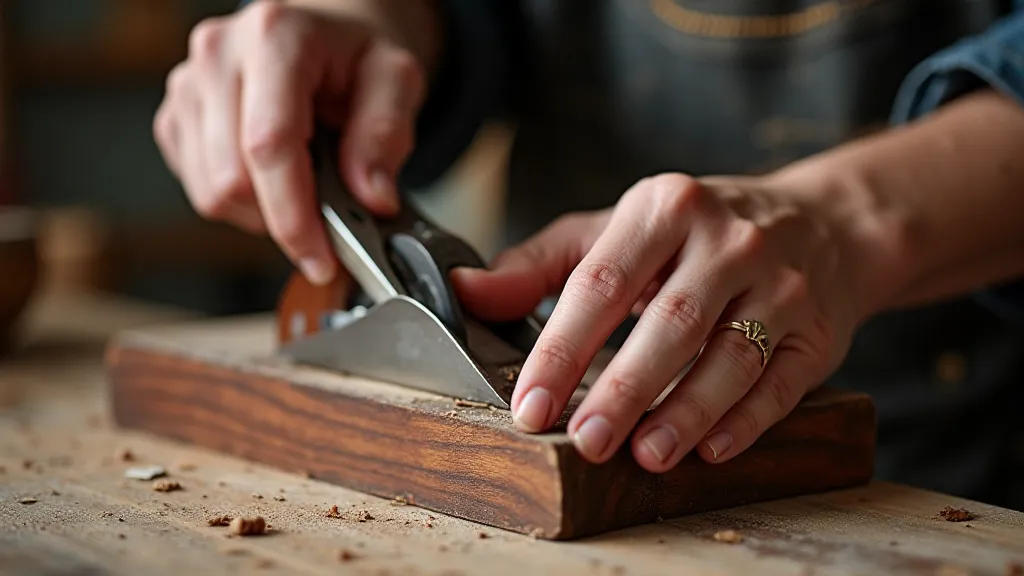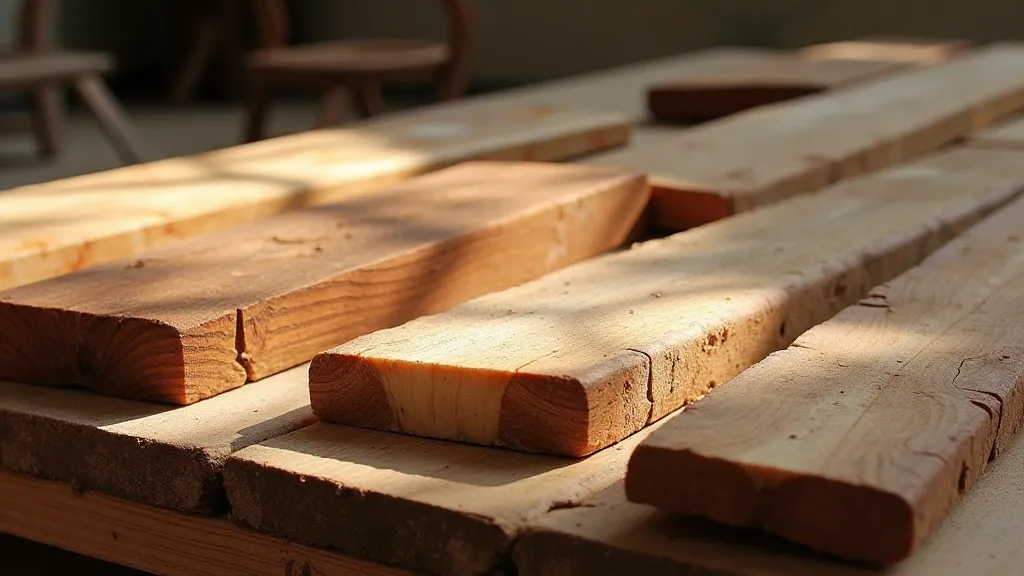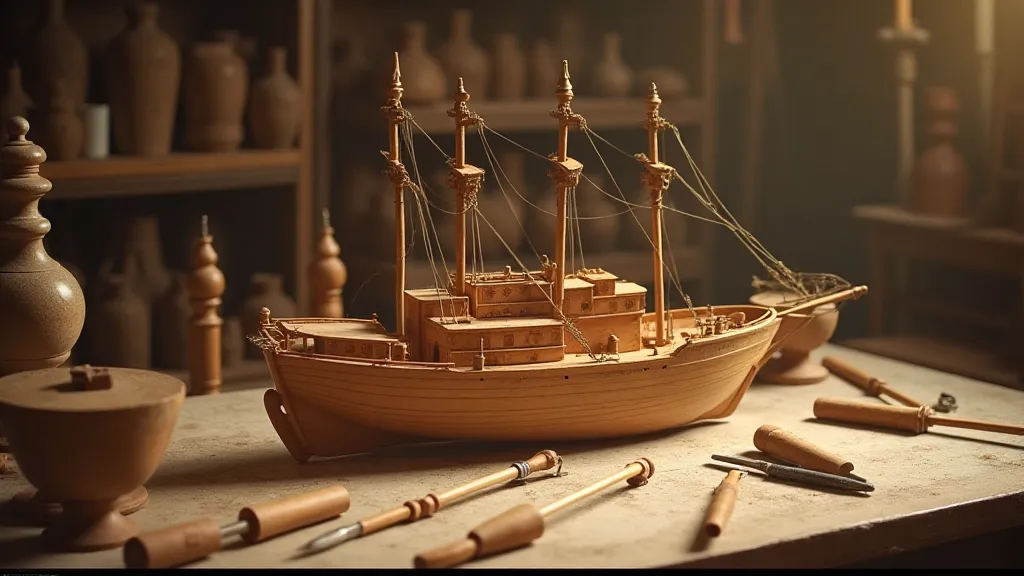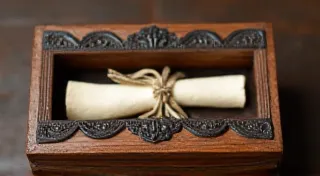Beyond the Blueprints: A Dialogue with the Wood
There's a peculiar intimacy in the act of building a wooden model ship. It’s not merely about replicating a historical vessel; it’s about entering a silent conversation with the wood itself. We often approach model building with a reverence for the blueprints, the historical accuracy, the precise measurements. And while those elements are essential, clinging to them too rigidly can stifle the true artistry, the soul, that breathes life into a miniature replica of a grand, seafaring past. It's in those moments, when the grain rebels, a knot refuses to cooperate, or a piece splits unexpectedly, that the real lesson begins.
I recall my grandfather, a master carpenter, patiently teaching me the fundamentals. He never spoke much about ‘correct’ methods. Instead, he’s gestures would guide me to *feel* the wood – to understand its character, its inherent strength, and its hidden vulnerabilities. He built accordions too, beautifully restored and lovingly maintained antiques. He used the same principles. He'd say, "The bellows speak to you, lad. Listen to them. They’ll tell you how to shape them." That sentiment, that willingness to yield to the material, is the core of both accordion restoration and fine wooden ship building.

The Historical Context: More Than Just Lines on Paper
Consider the ships themselves. They weren't built according to precise, unyielding specifications. Shipwrights of the 18th and 19th centuries were pragmatic artisans. They worked with what they had: locally sourced timber, varying thicknesses, and often, imperfect cuts. They relied on experience and intuition, adapting designs based on the materials at hand and the unpredictable nature of the sea. To attempt to rigidly impose modern-day precision on a replica of a ship born from a more organic process is to miss the point.
Think about a frigate like HMS Victory, Nelson’s flagship. Its lines were dictated by functionality, speed, and the prevailing naval doctrines of its time. Every plank, every beam, was carefully chosen, but the final product was a result of constant adjustment and adaptation. Trying to recreate that exactness in miniature, while admirable in its intent, can inadvertently erase the very spirit of innovation and resourcefulness that defined the original ship’s construction. A perfect model can be lifeless. It’s in the imperfections, the subtle variations, that we capture the echo of the original.
Embracing the Grain: A Lesson in Humility
The wood itself is a living testament to this truth. Each piece is unique, shaped by its environment, its age, and its internal stresses. A seemingly flawless plank can harbor a hidden knot, a subtle twist, or a stubborn split. The urge to discard such a piece, to seek perfection, is understandable. But resisting that impulse, working *with* the flaw, that's where the artistry flourishes.
I once spent weeks on a model of a schooner, struggling with a particularly challenging keel. The grain ran in an awkward direction, creating an almost unavoidable weakness. I fought against it, painstakingly trying to force the wood to conform to the blueprint. But the more I struggled, the more the wood resisted. Finally, in frustration, I stopped forcing and began observing. I realized that by subtly adjusting the design, by incorporating the grain’s natural flow, I could not only overcome the weakness but also create a stronger, more visually interesting piece. That keel, once a source of frustration, became a testament to the power of adaptation.

Craftsmanship and the Imperfect Beauty
This isn’t to suggest that precision is irrelevant. Careful measurement, accurate cutting, and meticulous gluing are all essential skills. But these skills must be tempered with a willingness to improvise, to adapt, and to respect the inherent character of the wood. It’s about finding a balance between adherence to the plan and responsiveness to the material. Think of a master violin maker; they account for the wood's unique characteristics. They don't simply follow plans – they coax the beauty from within.
The resulting model may not be perfectly symmetrical. There may be subtle variations in the planking, a slight irregularity in the rigging. But these imperfections are not flaws; they are signatures. They are evidence of a dialogue, a collaboration between the builder and the wood. They are reminders that even in the most precise endeavors, there is room for creativity, for intuition, and for the unpredictable beauty of the natural world.
Beyond Replication: A Pathway to Understanding
Building a wooden model ship isn’t just about creating a miniature replica of a historical vessel. It’s about connecting with the past, about appreciating the ingenuity of the shipwrights, and about understanding the profound relationship between humanity and the natural world. It's about learning to listen to the wood, to respect its limitations, and to embrace the unexpected beauty that emerges when we allow it to guide our creative process.
The act of building becomes more than just a craft; it becomes a form of meditation, a pathway to deeper understanding. Each knot, each grain, each unexpected split becomes a lesson in humility, a reminder that even in the most ambitious endeavors, it’s the imperfections, the variations, the unexpected twists and turns, that truly define the masterpiece. And that, ultimately, is the greatest reward.






